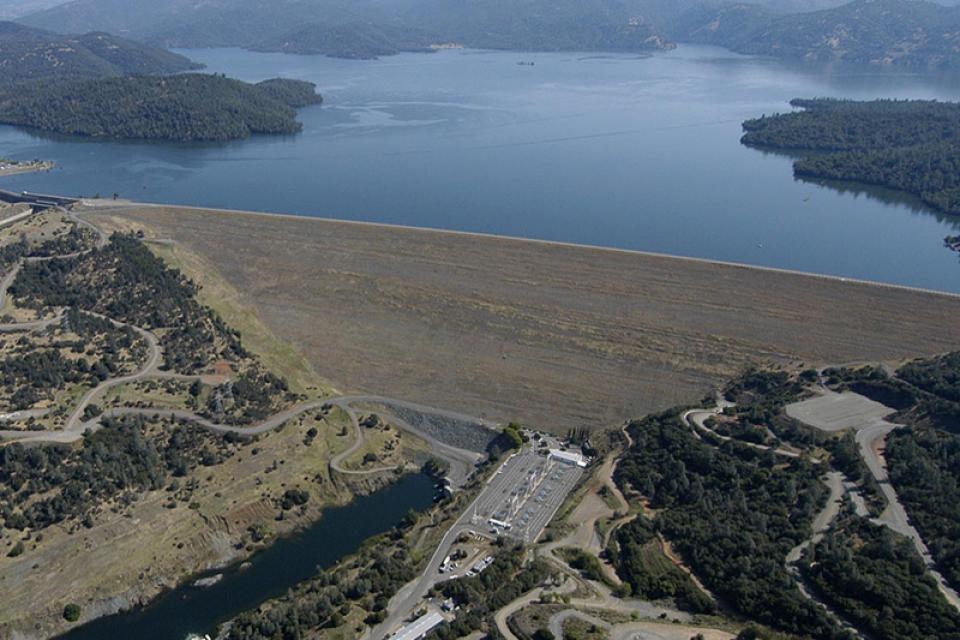
California Dreaming II: Democracy and Vetocracy
Besides recalls, initiatives, and referenda, there is another California law that contributes mightily to the state’s inability to govern itself, which is CEQA—the California Environmental Quality Act, passed in 1970, that was designed to create procedures for evaluating and mitigating the environmental effects of projects in the state. CEQA does not set environmental standards; it simply mandates procedures for public input in the planning of projects and the mitigation of their impacts. Like the recent Texas abortion law, it creates conditions for the private enforcement of environmental rules, giving extremely broad standing to citizens of the state to anonymously sue any project, public or private, for creating environmental harms. It is estimated that today only perhaps 11 percent of CEQA lawsuits are filed by environmental groups; the rest are done by business competitors, labor unions, and NIMBY neighbors who want to gain leverage in disputes or block projects that disturb their ocean views.
No one would contest the motive underlying CEQA, which is that projects should be undertaken with careful analysis of their environmental impact. The question is the balance that needs to be struck between the need for public goods that meet common purposes, and the specific injuries that are caused by any infrastructure project. CEQA shifts the balance far over in favor of protection of the latter. The result is what I have labeled “vetocracy”: a decision-making system that privileges well-organized interest groups and allows them to stop things they don’t like. As a consequence, infrastructure is incredibly slow and costly to build, or, more likely, that never appears in the first place. In this respect it follows directly in the tradition of California’s other populist provisions like the recall discussed in an earlier post, which provides the opportunity for groups representing a small minority of the population to exert power over the whole.
___STEADY_PAYWALL___
There are an abundance of CEQA horror stories. The I-710 Freeway Extension project, first started in 1964, was a 4.5-mile stretch that was supposed to connect that freeway to I-210 in order to alleviate a bottleneck near the ports of Los Angeles and Long Beach. After the passage of CEQA it was sued by the City of South Pasadena, stopped, counter-sued, studied, re-started by several governors, and re-studied over a period of 50 years. To date it has not been completed, and was finally removed from the 2024 budget by current Governor Gavin Newsom.

The California High Speed Rail Project may or may not be worthwhile, but its planning has dragged on for 25 years as virtually every mile of its right-of-way has been sued by landowners, cities, counties, and companies, and its projected costs driven up exponentially. In the period from 2010 to 2020 more than 4,000 CEQA Environmental Impact Reports (often amounting to thousands of pages each) were filed, which was more than three times the number of Environmental Impact Statements filed under the federal National Environmental Protection Act for the entire rest of the country. As many people are aware, California is in the midst of a housing crisis that has made housing unaffordable for many working-class people, and CEQA suits against high-density housing (a very substantial proportion of all CEQA litigation) is one of the chief reasons why.
Since its passage, CEQA has morphed into a kind of monster as the result of half a century of case law, and has come to apply to virtually all decisions, public and private, taken in the state. A 1972 California State Supreme Court decision Friends of Mammoth determined that CEQA applied not just to public projects but to private ones as well, so that all but the most routine attempt to build something by the private sector fall under CEQA’s purview. Since virtually every project can be construed to affect someone’s environment, standing has been expanded dramatically. The courts have determined that CEQA is not simply an environmental law, but a broader governance law that should affect the way that political decisions in general were made in California. There have been many attempts to roll back parts of CEQA, most of which have failed because some concentrated interest group has seen litigation as a useful tool for defending its narrow concerns.
The ironic truth about CEQA is that a law originally intended to protect the environment has become a major obstacle standing in the way of efforts to adapt to environmental challenges like climate change. California has been subject to an increasing tempo of enormous wildfires, droughts, and other natural disasters. The state is completely dependent on a series of man-made reservoirs, canals, dams, and pumping stations, constructed mostly during the early part of the twentieth century, for its water needs.

As the Sierras store less and less water each year, a tremendous amount of new infrastructure will have to be built to accommodate the new climate realities. CEQA hands veto power not just to environmental groups, but virtually everyone in the state. Labor unions, for example, routinely use the threat of CEQA litigation to force use of unionized workers on projects and are dead set against weakening that weapon. The result is at best excessive costs, and at worst necessary projects that can’t be completed in less than several decades, or never start in the first place for fear of litigation. It is a prime example of what the legal scholar Robert Kagan calls “adversarial legalism,” which has become an American way of governing itself. Democracies really ought to be able to do better than this.
(I’m grateful to my Stanford colleague Mike Bennon for much of the material in this post. We will be publishing a longer study of CEQA for the California 100 Project later this year.)
American Purpose newsletters
Sign up to get our essays and updates—you pick which ones—right in your inbox.
Subscribe






